The Bathurst 1000 Non-Qualifiers
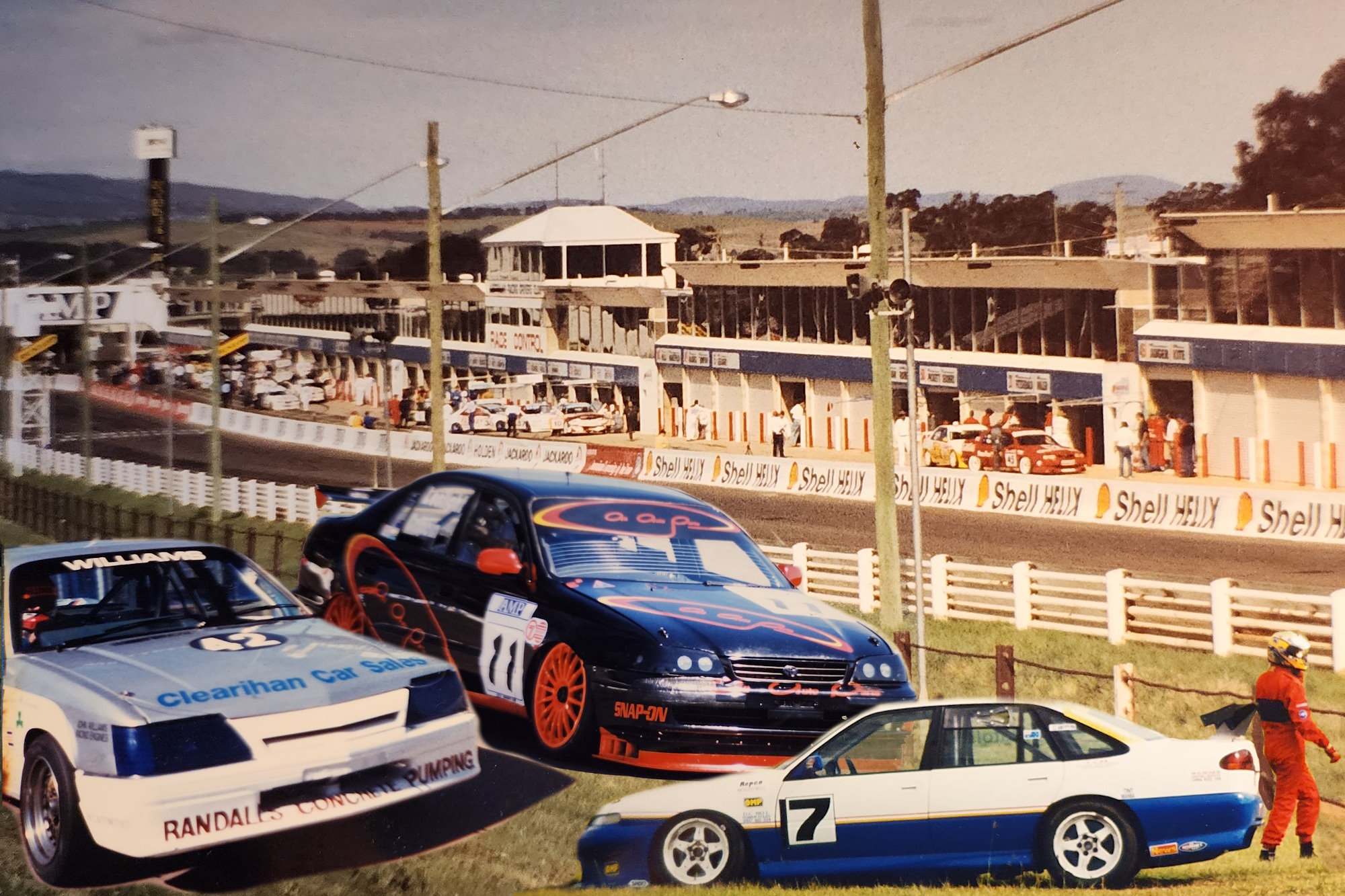
Over the years, many Bathurst 1000 campaigns have failed to make it to race day, with some unfortunately listed against the dreaded Did Not Qualify.
Some were slow cars or those who encountered mechanical tears, others with drivers off the pace, but each with their story to tell.
Here, we have made every endeavour to compile a thorough list of the cars that DNQed for The Great Race, however, it is a rather tough task.
Firstly, the state of time-scoring and reporting in the early editions of the event was not up to the standard we enjoy in the modern day.
For instance, practice times only set the grid for the first time in 1967.
Conflicting reports exist between the official publications and often those noted in the media, especially when it came to “practice” times, which set the starting order.
Then there is what actually constitutes non-qualification, which seemingly changes from year to year and case to case – often, what would constitute a Did Not Start, or indeed withdrawn, is assigned a DNQ, such as following a practice or qualifying crash.
For instance, when Wayne Gardner wrote off his SBR Falcon against the Mountain Straight fence prior to qualifying in 2002, it was listed as a DNS.
Then there was Chaz Mostert’s wall banger on the opening lap of qualifying in 2015.
Should these and numerous other similar examples be considered DNSs, withdrawals or DNQs?
In some cases, the history books have this scenario as a DNQ; at other times, they don’t.
However, in an alternate universe, assuming the vehicles could have been repaired for Sunday, it would be fair to assume that they would have received dispensation to start the race despite missing qualifying.
Other cases involve non-arrivals, discrepancies between nominated and non-accepted entries, other pre-race withdrawals, plus practice-only or T cars.
Then, there was the practice of reserve entries.
Take, for instance, the 1970 race, which attracted a race record 95 entries, which by race week, the ARDC had whittled down to 60 nominated cars with a confirmed start, and ten placed on the reserves list.
By race day, it appears that three of the reserves were able to mix it with the seeded cars, while those left by the wayside included Radford/Williams – Torana (Reserve 4), Preece – Escort (Reserve 5), McNaughton/Inglis – Torana (Reserve 6), Daddo/Ulbrich – Mini (Reserve 7), Carter – Falcon (Reserve 8), Mollison/Winters – Mazda (Reserve 9) and Petrilli/Savva – Falcon (Reserve 10).
Now, were the reserves non-qualifiers? For instance, McNaughton/Inglis’s best practice time of 2:54.8sec would have placed the car fifth on the grid (if they were allowed to compete), while for the sake of comparison, the tail end Charlie in the field qualified in a time of 3:49sec.
Then there are situations like 1987, when Mark Skaife donned the helmet of his co-driver Grant Jarrett, before posting a time fast enough to place his Nissan Gazelle in the field.
Elsewhere, there are occasions where cars failed to set a qualifying time, but were given dispensation to race.
Keeping in mind the inconsistencies amongst different sources, if you have any information that would add to this yarn, please hit us up on the socials @theracetorque – the truth is out there, and we would love to set the record straight!
Further reading: The Great Race Disqualifications

The November 1976 edition of Racing Car News.
1976
- Kel Gough/Tom Naughton – LH Torana
- Geoff Moran/Graeme Ibbotson – Ford Capri
- Geoff Wade/Colin Campbell – Ford Escort
It appears that the first non-qualifiers for The Great Race came in 1976, with this Torana, Capri and Escort seemingly failing to make the cut, as derived from the report in Racing Car News. All told, 62 cars faced the starter after 71 entries were received, with the first reserve of the Williamson/Cooke Mazda sneaking onto the last place on the grid. Contemporary internet results have John English/Gary Scott – Ford Escort, Geoff Wade/John Stoopman – Ford Escort, and Gordan Rich/David Crowther – Alfa Romeo GT as DNQs, which logically would pad out the reserve list.
1977
The official history of The Great Race notes that 1977, more than any other year, was afflicted with the most timing and scoring discrepancies, with various reports conflicting with each other on multiple fronts. The 1989 publication notes that the ARDC’s files indicate that Bond/McRae and Toepfer/Porter were reserves, while Gillard/Rich, Seldon/Lawrence, Radburn/Leffler, Stoopman/Stoopman and Hill/Minear withdrew after setting practice times. Contemporary reports have Rich/Gillard listed as a DNQ; however, in the above video, Rich is seen rolling his way into Forrest Elbow on Saturday afternoon, well after the completion of qualifying, which would suggest that the car had, in fact, qualified.
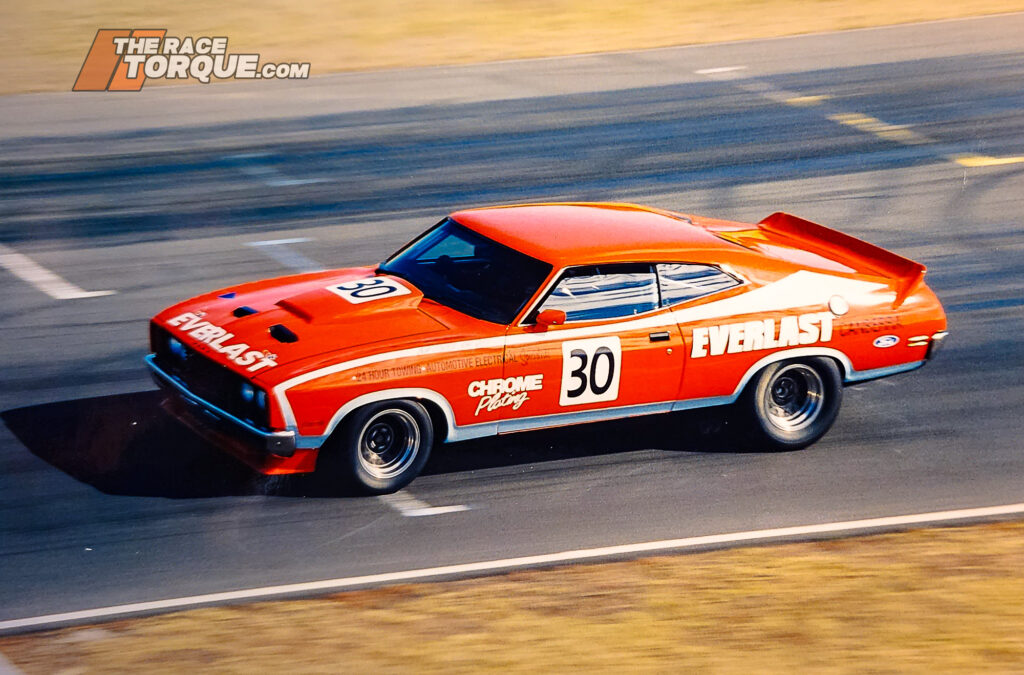
The O’Brien/Winter hardtop went on to have a celebrated career in contemporary Group C racing, as pictured here in 2003.
1978
Numerous cars set times early in the weekend but failed to make the 62-car grid on Sunday. Included in this mix were Granger/Murphy (BMW), McClure/Langman (Gemini), Dudfield/Kuebler (Alfa), Radisich/Francevic (Mazda), and O’Brien/Winter (Ford Falcon, no times), however, nowhere are they specifically listed as DNQs.
1981
The 1981 race attracted 80 nominations, which was whittled down to 60 starters on Sunday. The following crews all set times but failed to be a part of the main show: Neil Cunningham/Rod Coppins – VC Commodore (Reserve 1), Les Grose/Alan Cant – Ford Capri (Reserve 2), Ken Harrison/Ian Wells – Ford Escort (Reserve 3), Jim Keogh/Andrew Newton – XD Falcon, Ken Price/Steve Jonas – Isuzu Gemini, Ray Gulson/Gordan Mackinlay – Alfa Romeo Alfasud and Chris Heyer/Peter Lander – VW Golf. There were some interesting stories thrown into the mix – the Cunningham/Coppins car had some decent pedigree, having been Allan Grice’s 1980 car, while the Grose/Cant Capri lost their good engine during Thursday’s running. The remaining cars were the slowest in their respective classes. However, like ’78, none are specifically mentioned as DNQs.
1982
- Chris Hones/Ross Mathiesen – XD Falcon
- Craig Bradke/Graham Harrison – Toyota Celica
The Hones/Mathiesen Falcon blew an engine early in the weekend, with their rebuilt powerplant not fast enough to get them in the show, while the Bradke/Harrison Celica failed to complete enough laps in qualifying to be allowed to start. Other non-starters included Morris/Fitzpatrick, Hansford/Cesario and Leggatt/McDonell, who were all eliminated by practice accidents.
Included in this preview is a piece on the local privateers copping the rough end of the pineapple when the WTCC rolled into town.
1987
- Terry Finnigan/Geoff Leeds – VL Commodore
- Lester Smerdon/Bruce Williams – VK Commodore
- Alf Grant/Gerald Kay – VK Commodore
- Peter Williamson/Chris Clerihan/John Sax – Toyota Supra
- Bernie Stack/Wayne Clift – VK Commodore
- Kent Baigent/Graeme Bowkett – Nissan Skyline
The year the Europeans came to Bathurst with the World Touring Car Championship, and with it, an ironclad adherence to the 110% class qualifying cutoff times, which sent numerous privateer entries packing prior to the big dance. There were multiple tales of woe in this set, including the Baigent/Bowkett Skyline, which crashed and failed to set a time, with the crew reverting to their other entry, while the remaining cars all had one driver who managed to make the various cutoffs, but failed to get both drivers in the show. Also, of note, a pair of three-driver crews were forced back to pairings when ex-F1 ace Bruno Giacomelli (Maserati) and Denis Horley (Skyline) failed to make the cut in their respective machines.
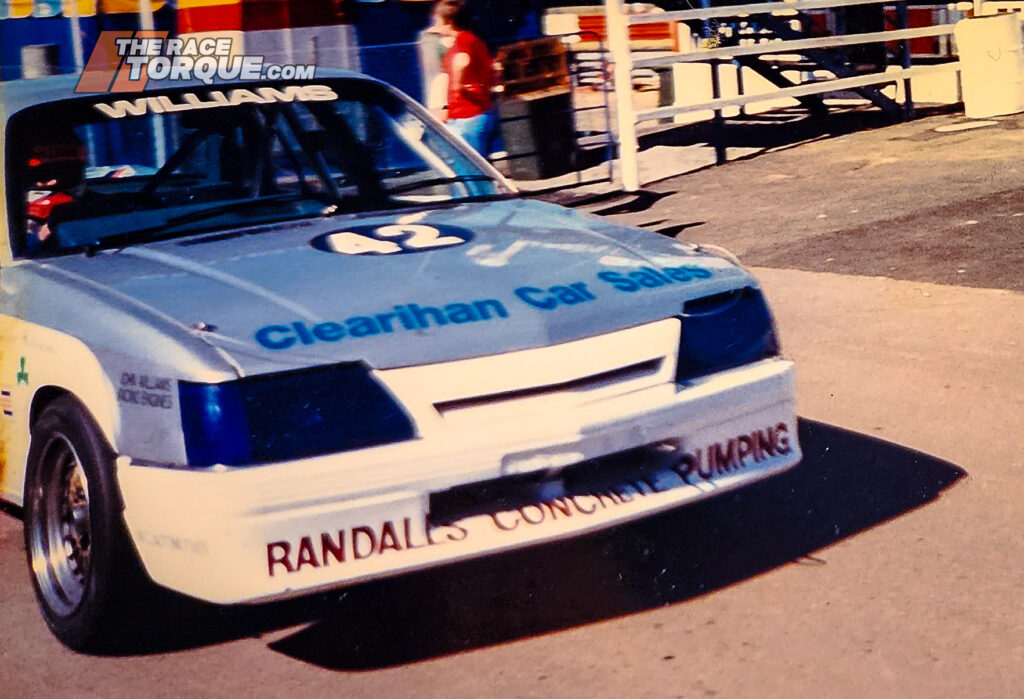
1988
- Ray Gulson/Graham Gulson – BMW 635 CSi
- Alf Grant/Craig Kinmoth – VK Commodore
- Ray Ellis/Bruce Williams – VL Commodore
- Tony Kavich/Ken Davison – VL Commodore
- Alan Taylor/Kevin Kennedy – Mitsubishi Starion
- Steve Williams/Chris Clerihan – VK Commodore (above)
Once again, FISA came to the party, this time under the guise of the opening round of the Asia Pacific Touring Car Championship, and with it, a lack of leniency was shown in qualifying. This time however, none of the drivers of the listed cars were able to make the qualifying standard. Jones (Commodore) and Sax (BMW) qualified, made the cut, but being third drivers, were dropped from their driving rosters prior to race day.
It was clear that the international officials had overstayed their welcome by 1988…
1991
- Ron Masing/Greville Arnel – Mitsubishi Starion
The aging Starion had a drama-charged week, which culminated in the officials giving the Masing/Arnel duo a final shot to set representative times in Saturday afternoon practice. However, a failed brake pad going into McPhillamy Park saw the car take a damaging ride through the gravel trap, never to see the starter the next day.
Fair to say it was a tough weekend for the Daily Planet equipe…
1992
- Rohan Cooke/John Trimble – VL Commodore
The black and red Walkinshaw spectacularly caught on fire exiting The Chase on Thursday morning, with Trimble exiting the moving car before it stopped. The machine kept motoring, continuing back over the track to wind up in the outside fence, where it proceeded to burn into a non-qualifier. Interestingly, by the standard set in other years, this would likely have been a withdrawal. Trimble shifted across to the sister car in the outfit for the rest of the weekend, before finally being swept into the race-ending carambolage at Forest Elbow.
1993
- John Leeson/Steve Coulter/Greg Smith – VL Commodore
Repeated engine dramas during race week saw none of the three drivers make the qualifying cutoff.
1996
- Michael Hart/Peter Lawrence – VR Commodore
With a budget of $10,000 for the event, the Chev powerplant in the Commodore cracked the bore on cylinder one in opening practice, and the car took no further part in the weekend, denoted in the record books as a DNQ.
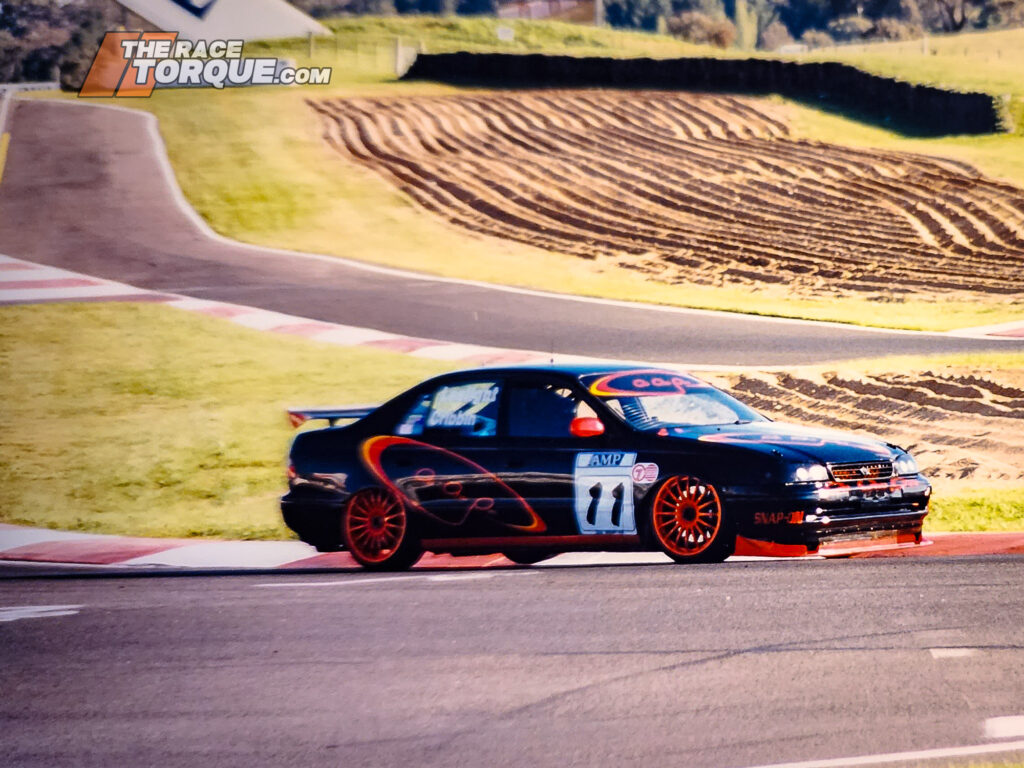
The attractive Carina made the field in 1998.
1997
- Milton Leslight/Dennis Cribbin – Toyota Carina
The Super Touring Carina only arrived at the circuit at 11am on Saturday, well after qualifying had concluded. But with only 27 cars in the field, stewards gave the entry dispensation to start if the drivers could achieve three laps each in that afternoon’s practice session. When the car refused to play ball, the goalposts were reset again: complete three laps in the Sunday morning warm-up. However, that never happened, and the pretty car was an official DNQ.
1999
The first-ever pre-qualifying session lasted 60min and was held first thing on the opening day of the meet, Thursday, with the 24 entries not inside the top 30 on points taking to the track. The ultimate distinction of the first failure to pre-qualify fell on the Rowse/Barnacle VP Commodore, which, after 10 circuits, was over 30sec off the pace.
However, when the Phil Ward/Allan McCarthy car crashed out at Forest Elbow in pre-qualifying, and the Barry Cassidy/Neil Crowe entry failed to front, Rowse/Barnacle was back in. They qualified 50th out of 55, but were a Sunday retirement after 50 laps with overheating.
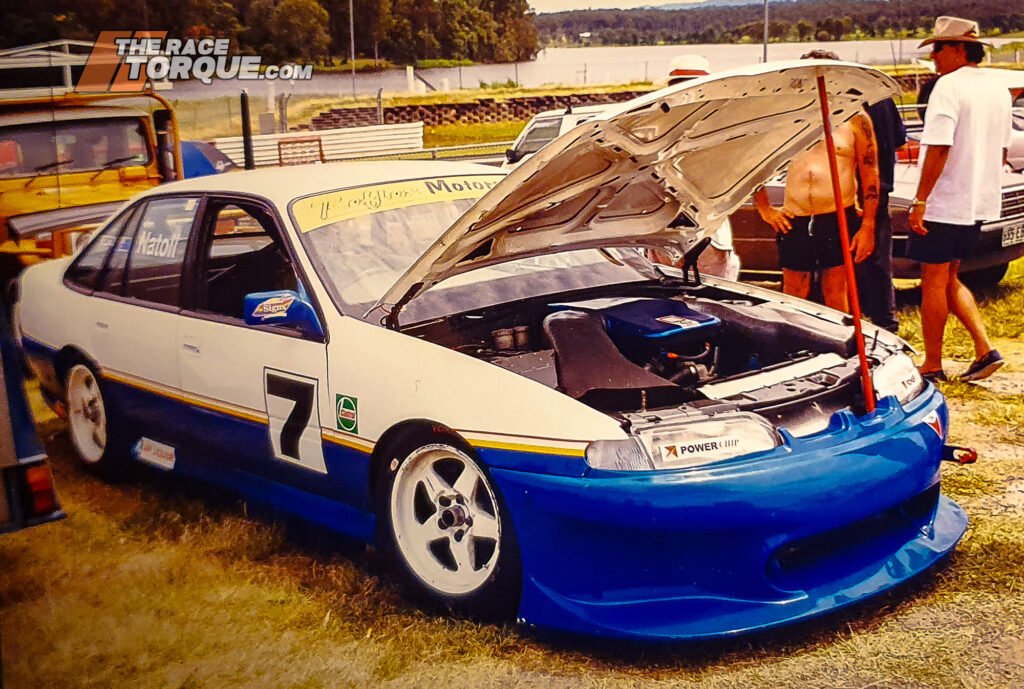
The car on debut earlier in the year at a Lakeside state round.
2000
- DNPQ – Chris Butler/Miles Pope – VS Commodore
The second and final year of pre-qualifying saw one car eliminated. This time, a 45-minute session on Thursday morning saw 18 carved down to 17, with the VS Commodore of Kiwis Chris Butler and Miles Pope the one to miss out. The car suffered electrical issues in the sodden session, and only made it 200m up Mountain Straight on their out lap, taking no further part in the event.
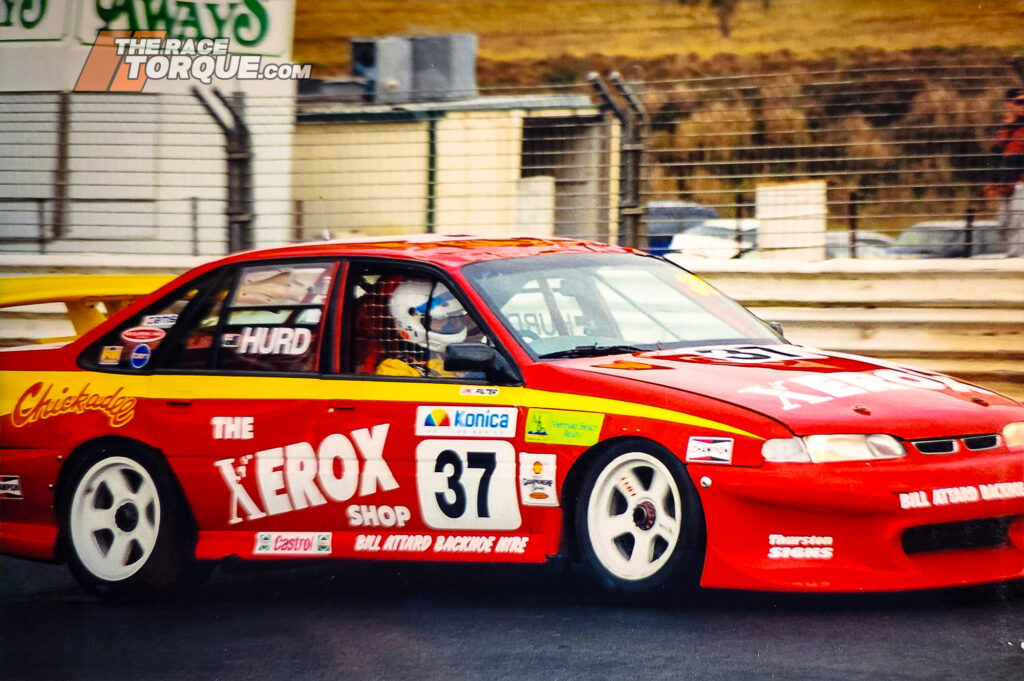
2001
- Ric Shaw/Mike Conway – VS Commodore
- Bill Attard/Roger Hurd – VS Commodore (above)
A tale of woe for two of the low-budget privateers. After a year out of the saddle, Mike Conway couldn’t muster the speed to qualify Ric Shaw’s car, while neither Bill Attard nor Roger Hurd could get the previous year’s engine up to speed when it counted after earlier dramas. As a consolation prize, both cars were invited to start in the 30-lap Konica race on Saturday morning, with Shaw retiring after six laps, while Attard finished in tenth and the second last of the classified drivers.
2002
- Peter Doulman/Bob McDonald – VT Commodore
Peter Doulman paired in his ex-Gatorade machine with the car’s new owner, Bob McDonald, who campaigned in the green machine in that year’s Konica Series. Debutant McDonald, however, failed to make the cut, and the outfit never saw the weekend. Meanwhile, Doulman stepped into the Nilsson Motorsport AU Falcon to partner Allan Grice in the race after Ross Halliday had practised the car earlier. Ultimately, though, Doulman failed to appear on track on Sunday after the car expired on the opening circuit.
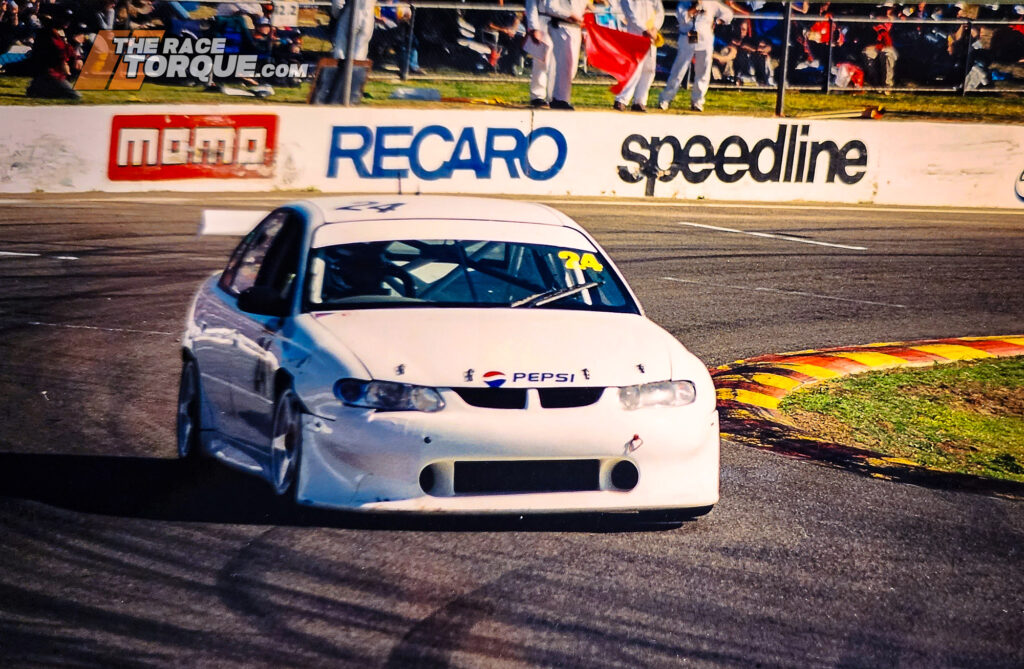
The 24 car proved to be a field filler in 2003.
2003
- Wayne Wakefield/Andy McElrea – VX Commodore
Aboard the second Paul Morris Motorsport car as entered under Bap Romano’s licence, Wayne Wakefield had the pace to make the race, but Andy McElrea’s lack of recent competition miles saw the potential debutant fail to make the cut after crashing out at McPhillamy Park on his second flying qualifying lap. Andy’s opening 2:18.1sec lap was his best of the weekend to that point, but still short of the required 16.9sec.














